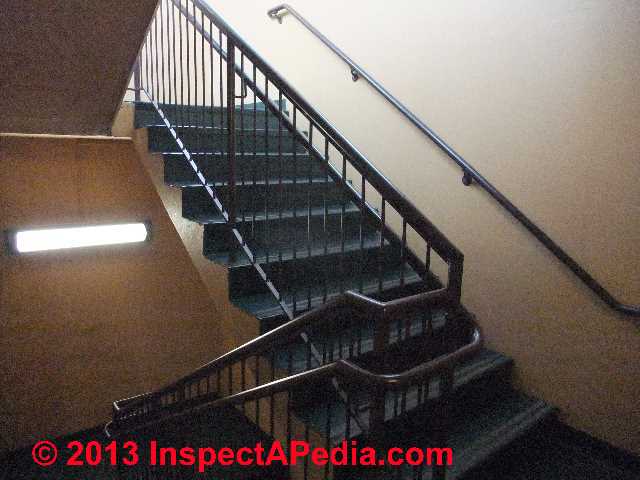

International Residential Code Requirements Complying with building codes helps increase your property value and stave off any legal issues, particularly if injury is involved. This includes the International Residential Code (IRC), Americans with Disabilities Act (ADA) standards, and any local building codes. When installing a new handrail, make sure to comply with all building codes that apply in your area. Understanding Handrail Return Requirements Handrail return requirements are also dictated within the International Residential Code (IRC) and local building codes. The Americans with Disabilities Act (ADA) requires that handrails connect to a wall or a newel post on either end. Returns help protect individuals from the sharp edge of the rail they also serve as a support system for individuals with mobility issues. Handrail returns are the individual segments connecting the end of a railing to the wall, a newel post, or a surface (like a sidewalk). Handrail Return Requirements What Is a Handrail Return? Find out more about handrail return requirements according to both local and international building codes. They’re also important for people with disabilities who rely on well-designed handrails. Handrail returns connect the end of a railing to the wall or another surface, eliminating those “Ouch!” moments. There’s nothing worse than smacking an elbow or a hip on the sharp end of a handrail as you quickly descend a flight of stairs.


 0 kommentar(er)
0 kommentar(er)
